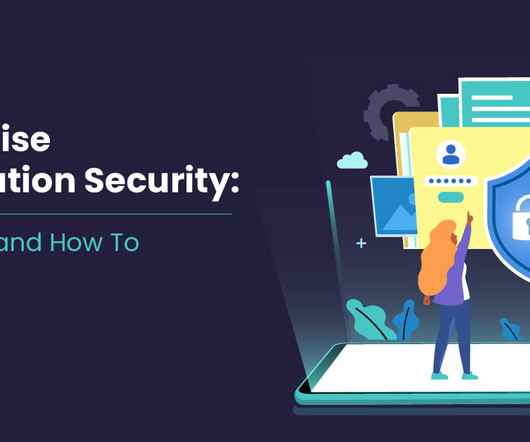Inside CIOs’ response to the CrowdStrike outage — and the lessons they learned
CIO
AUGUST 5, 2024
Catholic Health’s IT systems and those of its partners were crashing, with one of its radiology vendors being among the first to experience technical difficulties. For many CIOs, being prepared, having disaster recovery and business continuity plans in place, and constant communication with stakeholders lessened the impact of the outage. “We















Let's personalize your content